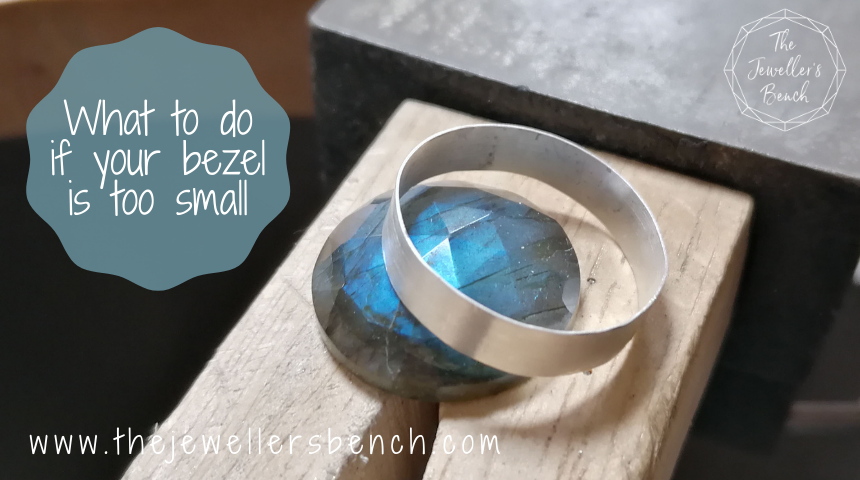Ten facts about Sapphire, September's birthstone
September's birthstone comes in a
rainbow of colours!
Read on to find out more about beautiful Sapphire.

2. The word Sapphire comes from a Greek word “Sapheiros“, and the Latin word “Saphirus” which both literally mean blue.
3. Despite this, not all sapphires are blue! Sapphires can be white, grey, pink, yellow, orange or green as well as the traditional blue. The beautiful rose cut cabochons shown here are all sapphires despite the range of colours!
4. The colour of a sapphire depends on the trace elements found in the corundum. For example, iron produces green sapphires and purple sapphires get their colour from a trace of vanadium.


6. Pink corundum is usually known as a pink sapphire but can also be called a pink ruby, and the pink ranges from very pale baby pink to vivid, intense magenta. Pink sapphire were once rare and only found in Sri Lanka and Myanmar, but new deposits were discovered in Madagascar in the late 1990s. Since then these lovely stones have become more popular. As you can see they make beautiful rings!
7. Sapphire is graded 9 on the Mohs scale, second only to diamonds. This means that sapphires are a popular choice for engagement rings. One of the most famous sapphire engagement rings is of course that once worn by Diana, Princess of Wales and now worn by her daughter-in-law Catherine, Princess of Wales.
8. Padparadscha sapphires are the rarest form of this stone. They are a beautiful pinky-orange and for centuries they were only found in Sri Lanka. The name padparadscha comes from the Sinhalese for lotus flower. In more recent years padparadscha sapphire have been found in Madagascar and Tanzania.
10. A star sapphire is a type of sapphire that exhibits a star-like phenomenon known as asterism, the appearance of a six-rayed "star"-shaped pattern when viewed with a single overhead light source. The star is created by intersecting needle-like inclusions. Star sapphires are cut as cabochons, usually with the center of the star near the top of the dome.
11. And as a bonus here's my favourite sapphire fact... the ancient Persians believed that the earth rested on a giant sapphire and its reflection coloured the sky!

Want to find out more about using gemstones in your jewellery?
Here are some useful blog posts and tutorials.
What to do if your bezel is too small for your stone
You've cut your bezel strip to size, filed the ends, soldered and carefully neatened up the solder join - only to find that the bezel is now too small for your stone! Don't worry, we've all done it.... and I'm going to show you an easy way to put it right.
Stone Set Rings
Start with simple hammered rings and then learn how to adorn them with small cabochons!
How to repair your burnisher - and why you need to!
A burnisher is a must-have for stone setting - and for many other jobs too! However, burnishers must be looked after carefully if they are going to give you the best results. To find out why and how to look after them read on!
Make Your Own Stone Setting Tool
Learn how to turn a nail into a great stone setting tool - with stone setting tips too!
And for weekly jewellery making tips and a place to share your work and ask for advice join The Jeweller's Bench Café facebook group! Just click on the photo...


Joanne Tinley
The Jeweller's Bench is run by Joanne Tinley. She has been making her own jewellery for as long as she can remember and left her first career as a school teacher to set up business as a jewellery designer and tutor nearly 15 years ago. She is self-taught and like many people started with wire and beads. Learning how to solder, however, opened up a whole new world of jewellery making, one that she is keen to share! There is something so magical about watching solder flow through a seam, joining two pieces of metal together smoothly.



